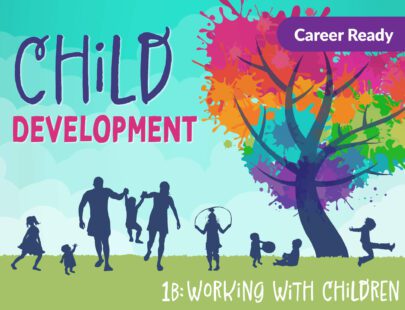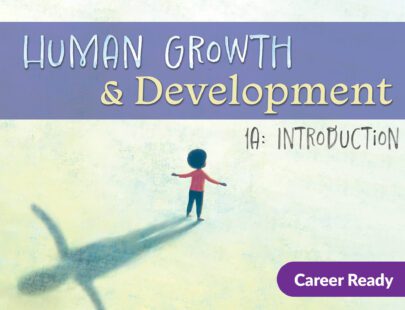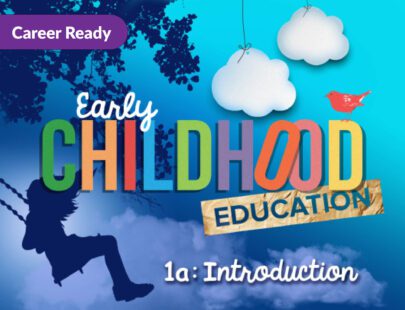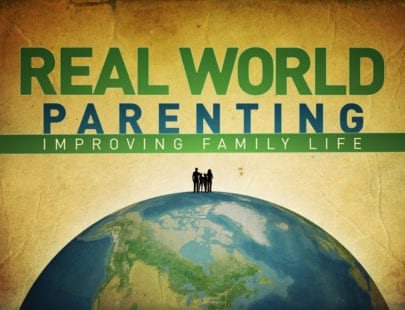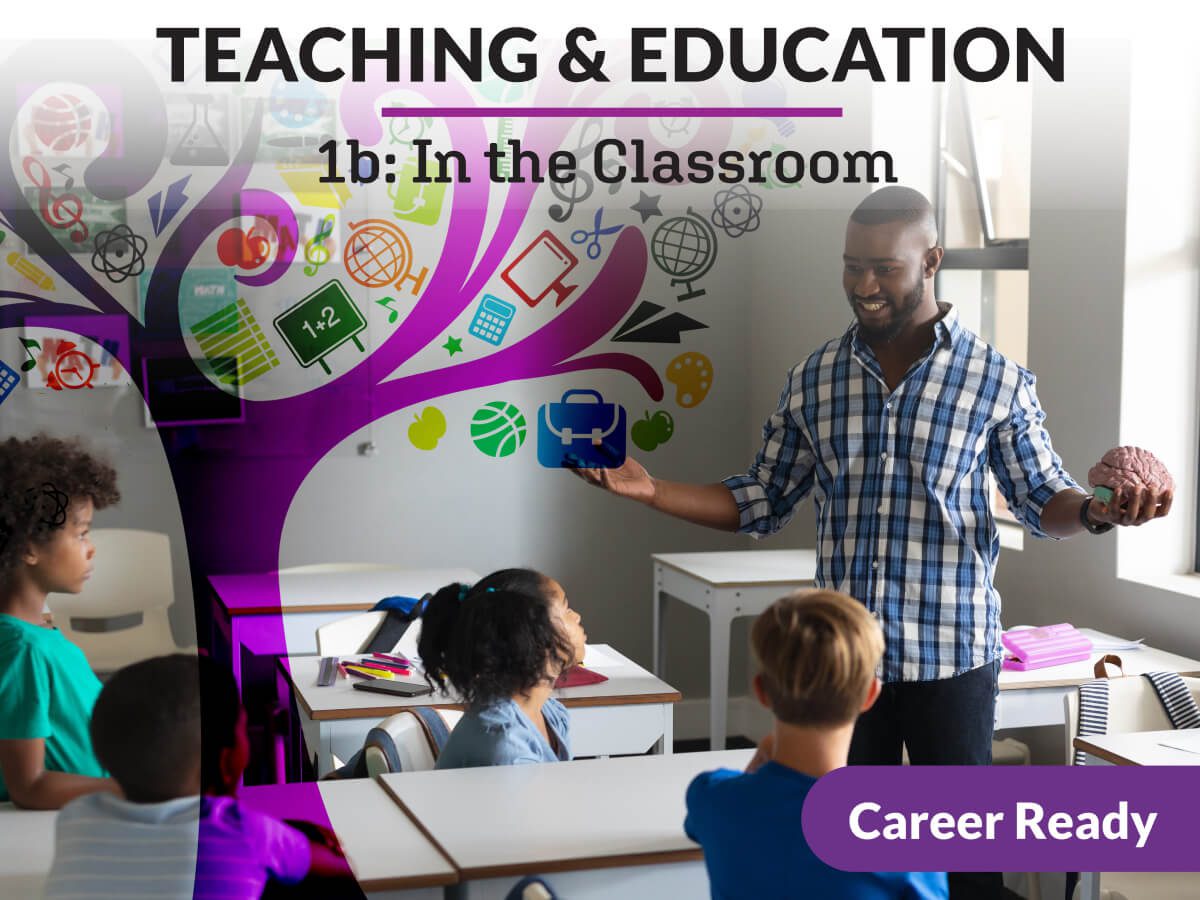
Teaching & Education 1b: In the Classroom
Now that you know what it takes to be a great teacher, are you ready to put it all into practice? Today’s students are diverse, technologically savvy, and face distinct life stressors. How will you meet the needs of all learners, while simultaneously addressing the challenges of the modern classroom? From tried and true methods of lesson planning to project-based learning, discover the tricks and tips that allow teachers to create a stimulating classroom for a wide range of students. Explore behavior management, how to plan meaningful curriculum, and ways to maintain your health and work-life balance in this field, all while keeping an eye on your future!
Units at a Glance
Unit 1: What Does Learning Really Look Like?
Some people say each of our learning styles is as unique as our fingerprints. If that’s true, how can so many diverse learners succeed in classrooms and workshops that are meant to teach so many people at once? How do teachers manage to get anything taught at all? There’s a lot to think about when considering learning and how to make it effective. Knowing about how to facilitate successful learning is one important step in becoming a successful teacher.
What will you learn in this unit?
After studying this unit, you will be able to:
- Describe key features of each of the major learning theories
- Give examples of the principles of learning theory and models of motivation within pedagogy and andragogy
- Demonstrate an understanding of the three elements of the Universal Design for Learning
- Analyze the benefits and drawbacks of applying multiple intelligence theory in the classroom
Unit 2: A Range of Approaches to Teaching
In the same way that every student learns differently, every teacher is different in their approach to instruction as well. We’ve talked about different learning theories and styles—now let’s dig into different ways that instructors go about teaching. Every teacher is as unique as every learner. Many teachers use more than one approach to teaching depending on the material they are trying to convey to their students. What do different approaches look like, when might they be used, and what is the student experience like within each of them?
What will you learn in this unit?
After studying this unit, you will be able to:
- Distinguish between the various curriculum components including standards, goals, and learning objectives
- Explain the purpose of each element of the traditional lesson cycle
- Differentiate active, cooperative, and experiential learning as well as the flipped classroom
- Describe the desired outcomes of project-based learning
Unit 3: Building an Inclusive Classroom
Students in classrooms across the country self-identify, or describe themselves, in nearly countless ways. Diversity includes identifiers such as race, ethnicity, culture, language, and disability among others. One benefit of a diverse classroom is being able to learn from a rich collection of experiences and perspectives. One challenge of a diverse classroom is making it a place where everyone feels seen, heard, welcomed, and safe—not to mention learning in the way that is most appropriate for them. How does student diversity present itself in classrooms? What can teachers do to maximize inclusivity and access for all learners?
What will you learn in this unit?
After studying this unit, you will be able to:
- Distinguish between racial, ethnic, and cultural identity
- Explain the process for implementing appropriate instruction for English learners
- Outline a pathway by which a student with disabilities is identified and receives special education support
- Identify the effects of an Individualized Education Program on the educational experience of a student with disabilities
- Describe ways in which bias, stereotypes, and prejudice can play a role in teacher/student interactions
Unit 4: Teachers and Students of Today
Can you imagine a time when all of schooling was in person? Have you ever had to handwrite a paper? It is hard to believe how much has changed. Change in the classroom is driven not just by laws and social movements. Consider new technologies and the COVID-19 pandemic, both of which have shaped education around the world. The evolution of education, especially public education, has impacted how teachers instruct today’s students and how children learn. Ready to dive into our changing world?
What will you learn in this unit?
- Describe the national and global impacts of education
- Explain how the evolution of education has changed teaching and learning
- Identify the factors that contribute to the use of online learning
- Analyze the advantages and disadvantages of online learning
Unit 5: Classroom Management
Classroom management gets a bad rap. It can have a negative connotation, with people perceiving teachers as strict or unfair and students as disrespectful or out of control. It’s often thought to be all about getting students to follow directions and behave appropriately. These perceptions are inaccurate. At its best, classroom management includes a combination of systems and structures initiated by the teacher. These systems and structures are often so well-considered and skillfully implemented as to be almost invisible—but their presence makes for a better learning environment.
What will you learn in this unit?
After studying this unit, you will be able to:
- Explain the differences between rules, expectations, and procedures
- Describe how classroom design can be used to manage behaviors
- Identify ways that PBIS and trauma-informed practices can be used to prevent undesirable behaviors in the classroom
- Give examples of responsive approaches to different types of classroom conflict
Unit 6: Technology in the Classroom
Technology is so integrated into the educational experience, for both teachers and students, that it is almost impossible to experience modern-day learning without it. Teachers use various forms of technology before, during, after, and outside of instruction. Students use technology to learn in and out of the classroom. The role of social media is more prominent now than ever. Let’s look at all the different ways technology supports the learning process.
What will you learn in this unit?
After studying this unit, you will be able to:
- Describe ways in which educators use technology in teaching
- Explain the ways students use technology in learning
- Identify non-teaching applications of technology for educators
- Compare and contrast the benefits and considerations of social media use for teachers and students
Unit 7: Out From Behind the Desk
When you think about the work done by teachers, delivering lessons to students probably comes to mind as the primary responsibility. There’s a lot more to being a teacher than just that, though. There are other expectations and realities of being a teacher, both in the professional setting as well as in personal life, that are important to consider when imagining what it’s really like to be a teacher.
What will you learn in this unit?
After studying this unit, you will be able to:
- Describe teachers’ responsibilities for student health and safety at school
- Outline steps teachers can take to facilitate work-life balance
- Explain the challenges of vocational work
- Identify unique factors contributing to teachers’ financial scenarios
Unit 8: Job Opportunities in Education
After having learned so much about teaching and education, you may be left with a few questions at this point: How do you find a job? What does it really mean day-to-day to work in the field of education? There are many answers to these questions, depending on the role a person fills. Let’s take a look at the various employment options available, what it really takes to find and land that perfect position, and what work life looks like once you’re in your new job.
What will you learn in this unit?
After studying this unit, you will be able to:
- Describe various career options in education and their requirements
- Explain necessary preparation when searching for an education job
- Evaluate factors that determine finding a job in education
- Distinguish aspects of maintaining professionalism in your education career
- Recognize opportunities for teachers to engage in ongoing adult learning
Required Materials
Physical
- Video recording device
Software
- Word processing software
- Presentation software
Other
- Teacher
Optional
- Graphic design software
- Audio recording device
- Journal
- Helper
- Video recording device
- Guidance counselor
- Poster board
- Art supplies
- Folder
